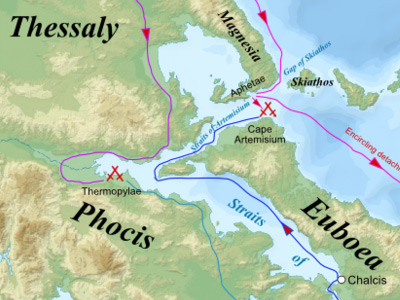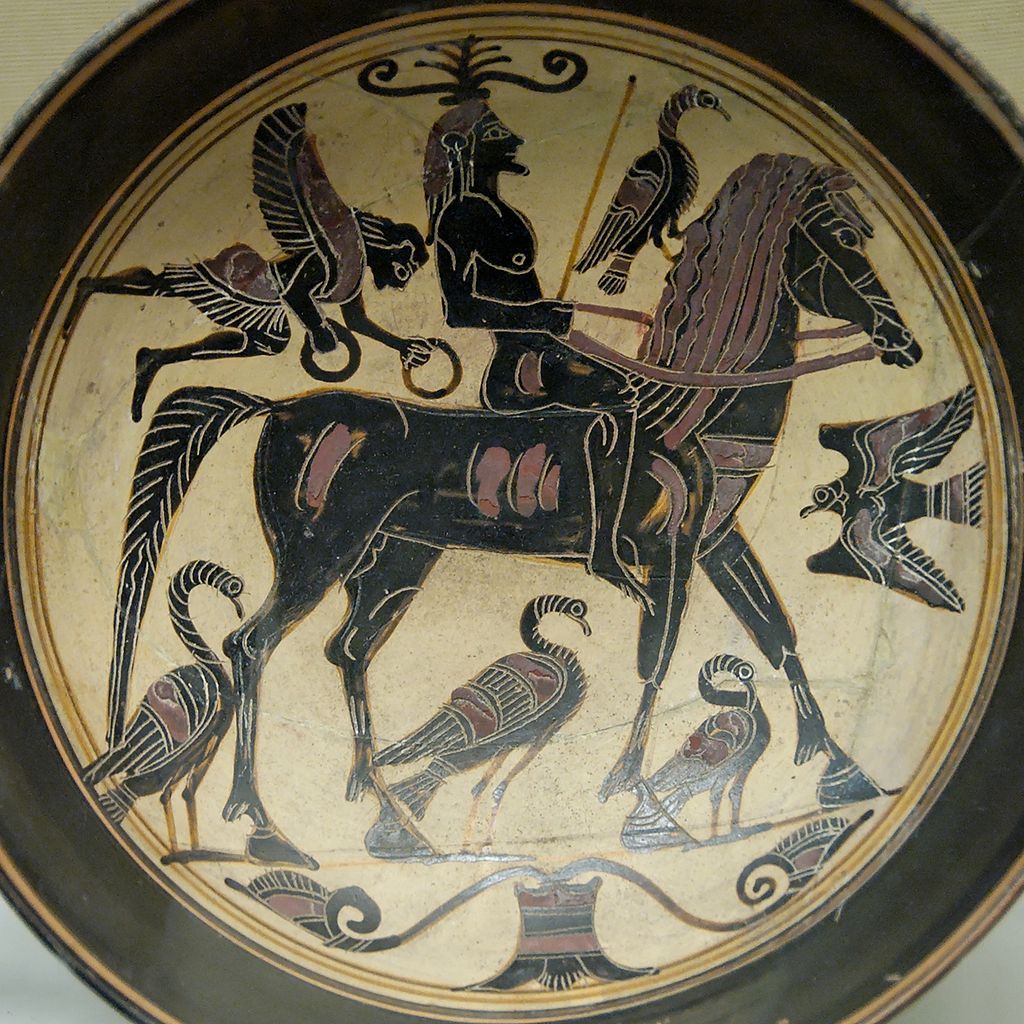Battle of Thermopylae (480 BC)
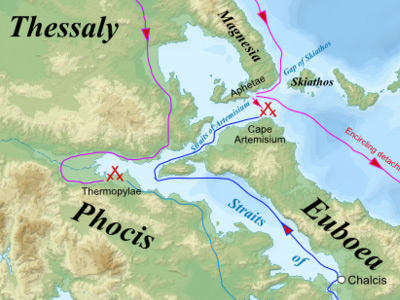
Prelude
The Persian army seems to have made slow progress through Thrace and Macedon. News of the imminent Persian approach eventually reached Greece in August thanks to a Greek spy. At this time of year the Spartans, de facto military leaders of the alliance, were celebrating the festival of Carneia. During the Carneia, military activity was forbidden by Spartan law; the Spartans had arrived too late at the Battle of Marathon because of this requirement. It was also the time of the Olympic Games, and therefore the Olympic truce, and thus it would have been doubly sacrilegious for the whole Spartan army to march to war. On this occasion, the ephors decided the urgency was sufficiently great to justify an advance expedition to block the pass, under one of its kings, Leonidas I. Leonidas took with him the 300 men of the royal bodyguard, the Hippeis. This expedition was to try to gather as many other Greek soldiers along the way as possible and to await the arrival of the main Spartan army.
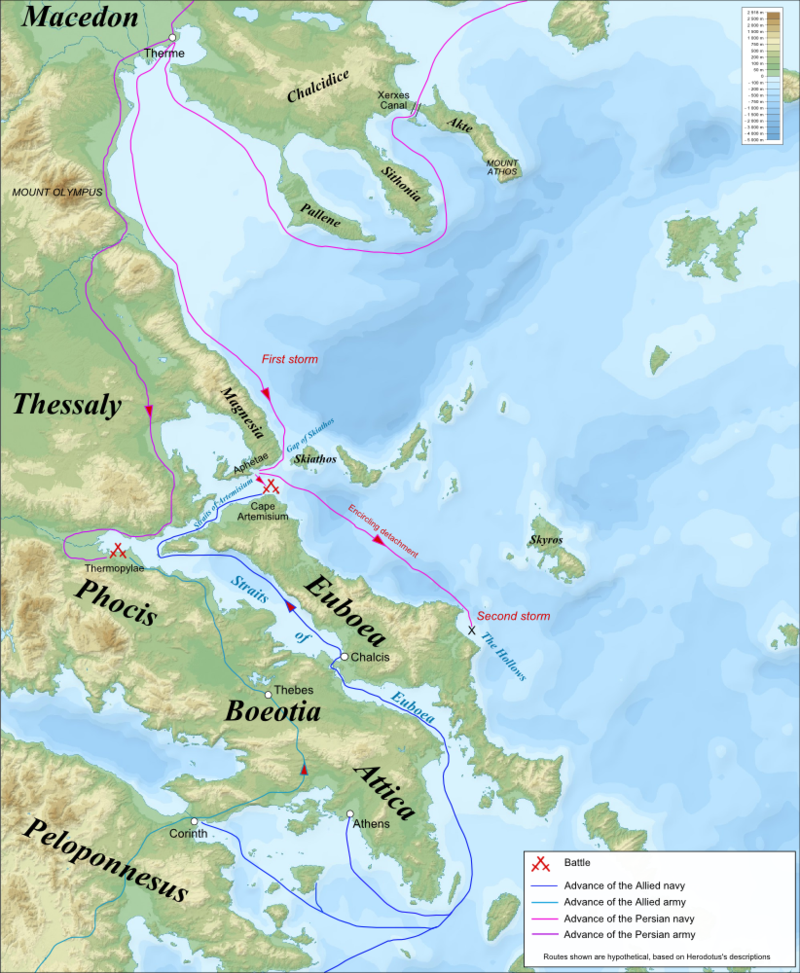
Map showing Greek and Persian advances to Thermopylae and Artemisium

Map showing Greek and Persian advances to Thermopylae and Artemisium
( Click image to enlarge)
The legend of Thermopylae, as told by Herodotus, has it that the Spartans had consulted the Oracle at Delphi earlier in the year. The Oracle is said to have made the following prophecy:
O ye men who dwell in the streets of broad Lacedaemon!
Honor the festival of the Carneia!! Otherwise,
Either your glorious town shall be sacked by the children of Perseus,
Or, in exchange, must all through the whole Laconian country
Mourn for the loss of a king, descendant of great Heracles.
Herodotus tells us that Leonidas, in line with the prophecy, was convinced he was going to certain death since his forces were not adequate for a victory, and so he selected only Spartans with living sons.
The Spartan force was reinforced en route to Thermopylae by contingents from various cities and numbered more than 7,000 by the time it arrived at the pass. Leonidas chose to camp at, and defend, the "middle gate", the narrowest part of the pass of Thermopylae, where the Phocians had built a defensive wall some time before. News also reached Leonidas, from the nearby city of Trachis, that there was a mountain track which could be used to outflank the pass of Thermopylae. Leonidas stationed 1,000 Phocians on the heights to prevent such a manoeuvre.
Finally, in mid-August, the Persian army was sighted across the Malian Gulf approaching Thermopylae. With the Persian army's arrival at Thermopylae the Greeks held a council of war. Some Peloponnesians suggested withdrawal to the Isthmus of Corinth and blocking the passage to Peloponnesus. The Phocians and Locrians, whose states were located nearby, became indignant and advised defending Thermopylae and sending for more help. Leonidas calmed the panic and agreed to defend Thermopylae. According to Plutarch, when one of the soldiers complained that, "Because of the arrows of the barbarians it is impossible to see the sun", Leonidas replied, "Won't it be nice, then, if we shall have shade in which to fight them?" Herodotus reports a similar comment, but attributes it to Dienekes.
Xerxes sent a Persian emissary to negotiate with Leonidas. The Greeks were offered their freedom, the title "Friends of the Persian People", and the opportunity to re-settle on land better than that they possessed. When Leonidas refused these terms, the ambassador carried a written message by Xerxes, asking him to "Hand over your arms". Leonidas' famous response was for the Persians to "Come and take them". With the Persian embassy returning empty-handed, battle became inevitable. Xerxes delayed for four days, waiting for the Greeks to disperse, before sending troops to attack them.
HISTORY
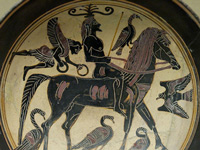
RESOURCES
This article uses material from the Wikipedia article "Battle of Thermopylae", which is released under the Creative Commons Attribution-Share-Alike License 3.0.
© Stories Preschool. All Rights Reserved.
